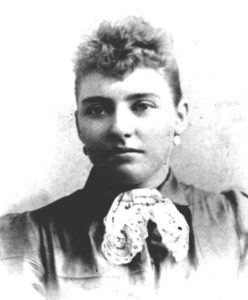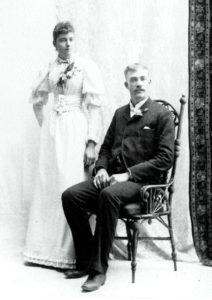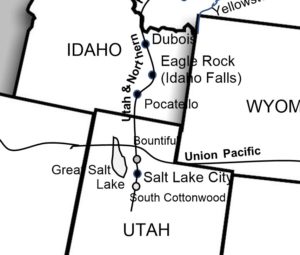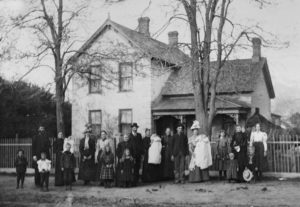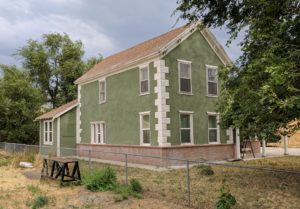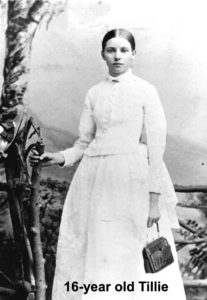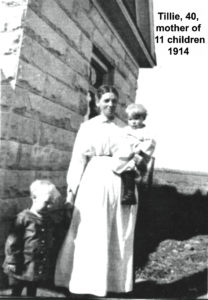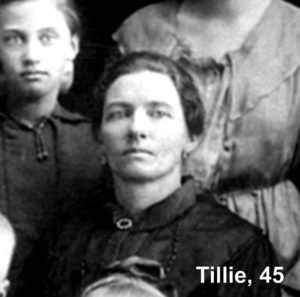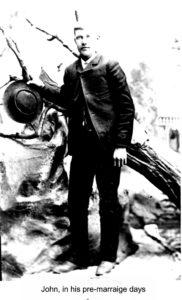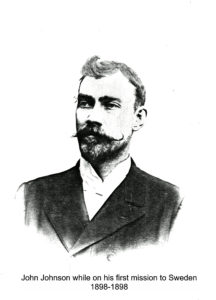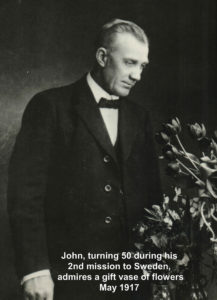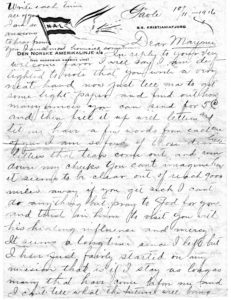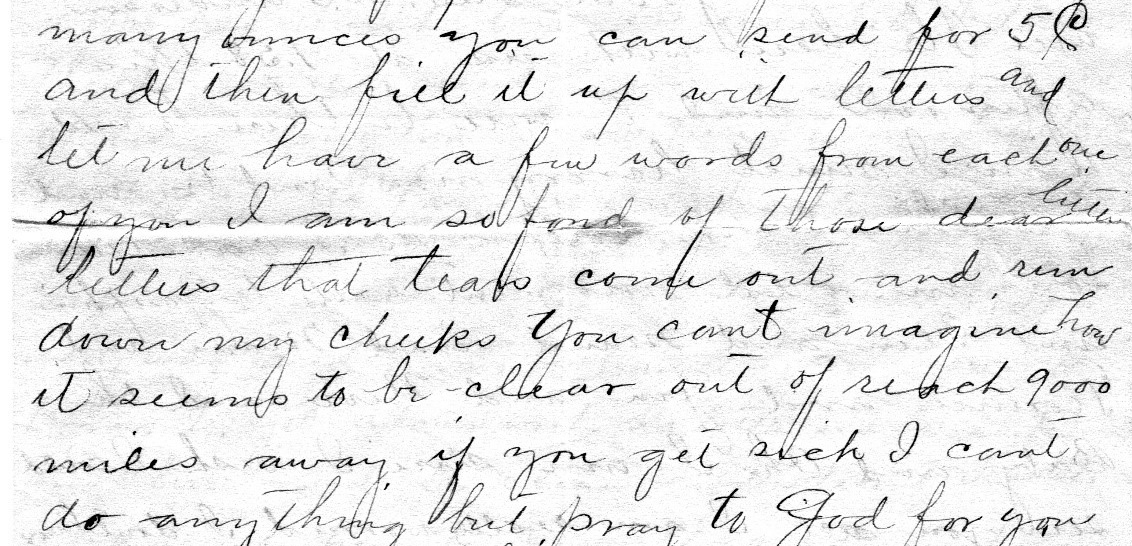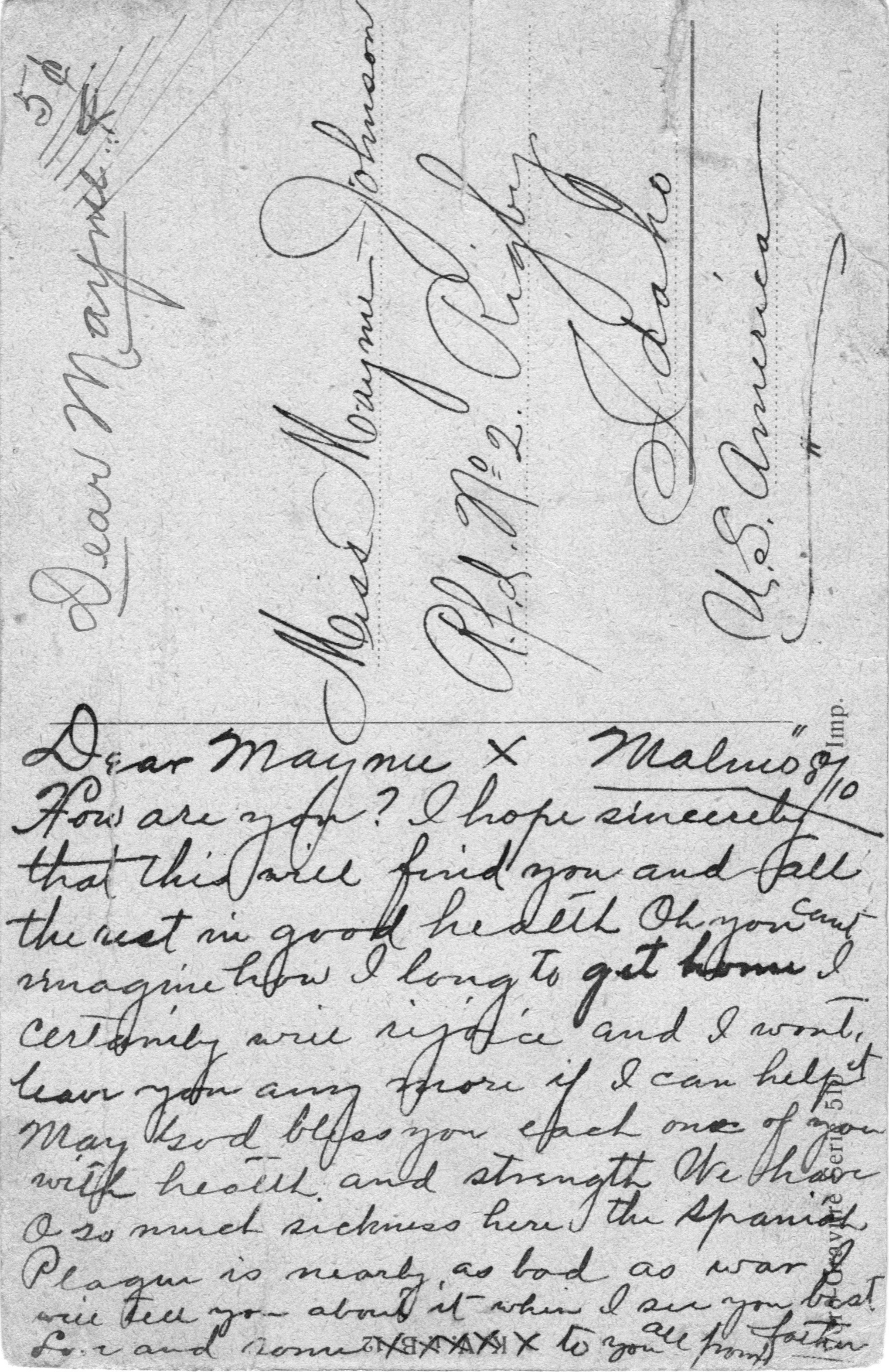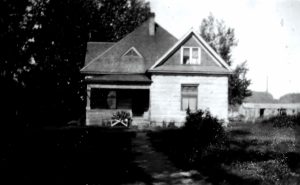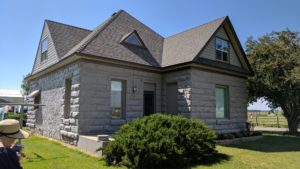Background Material for Chapter 9
Homesick
from Family Stories …and How I Found Mine
by J. Michael Cleverley
The lore of the Great American Migration West usually depicts energetic, enthusiastic, strong men and women surging West in search of greater opportunities. True to a certain extent, for many women, however, settling and homesteading was hard and demanding, and enthusiasm was not always on the day’s agenda. That was true of Matilda (“Tillie”) Howard Johnson, who suffered loneliness and depression when her energetic husband, John, uprooted his new bride and took her to the harsh Snake River plains of southern Idaho to start a new life. Because of what she went through, and because of how she dealt with it, she remains in my mind the most heroic of all of my ancestors.

